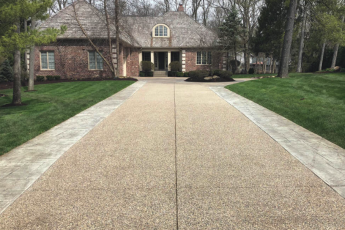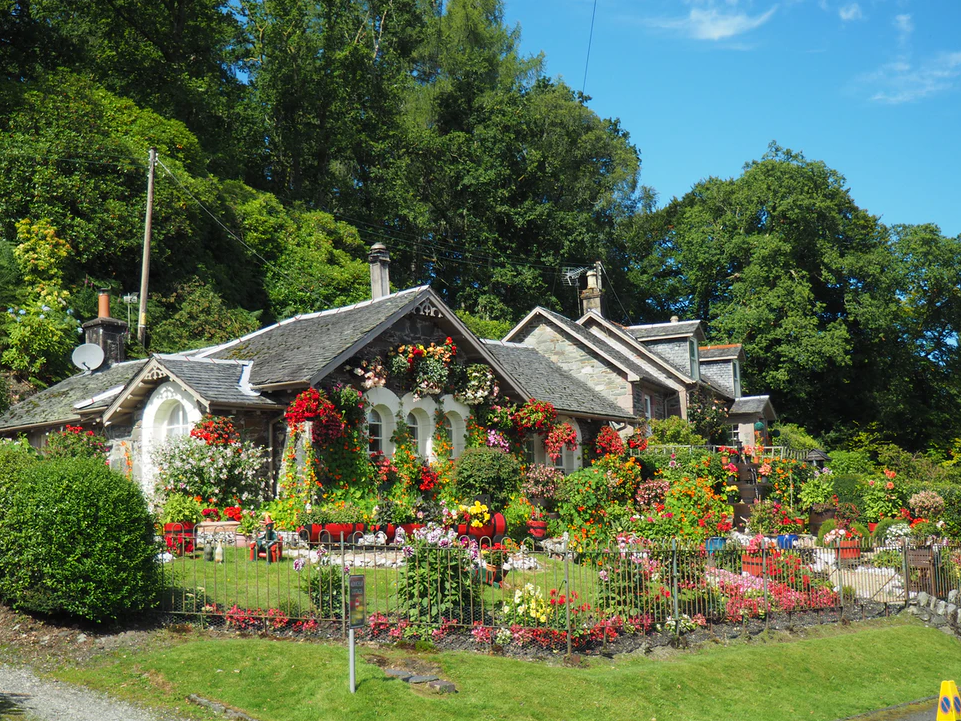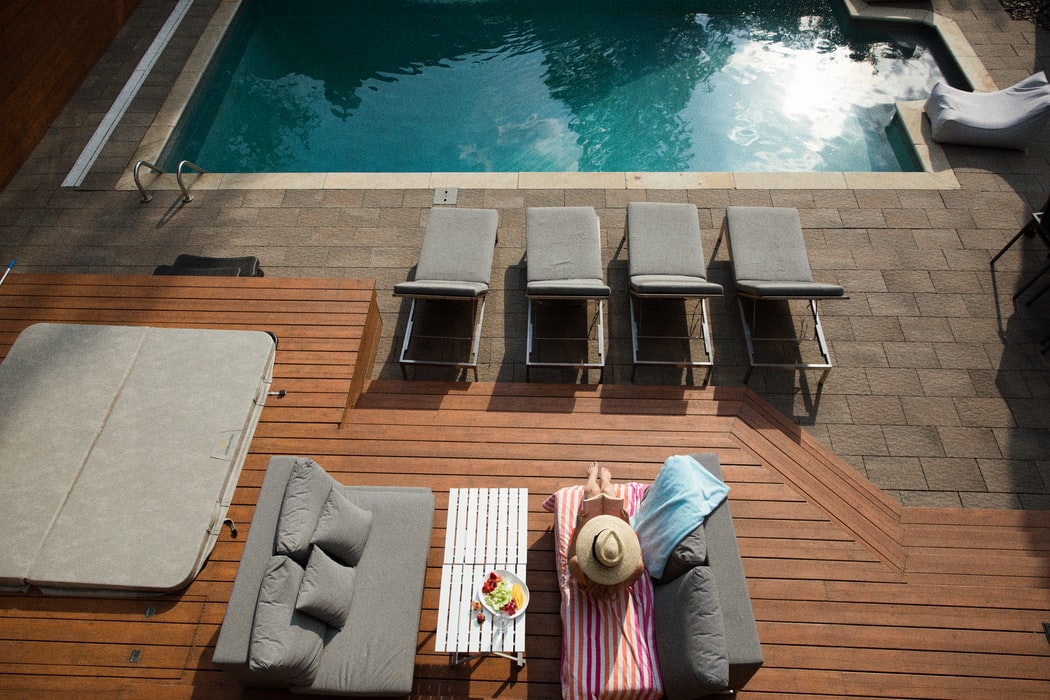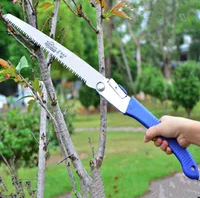Eco-Friendly Landscaping: Smart Ways to Create a Green Home Garden
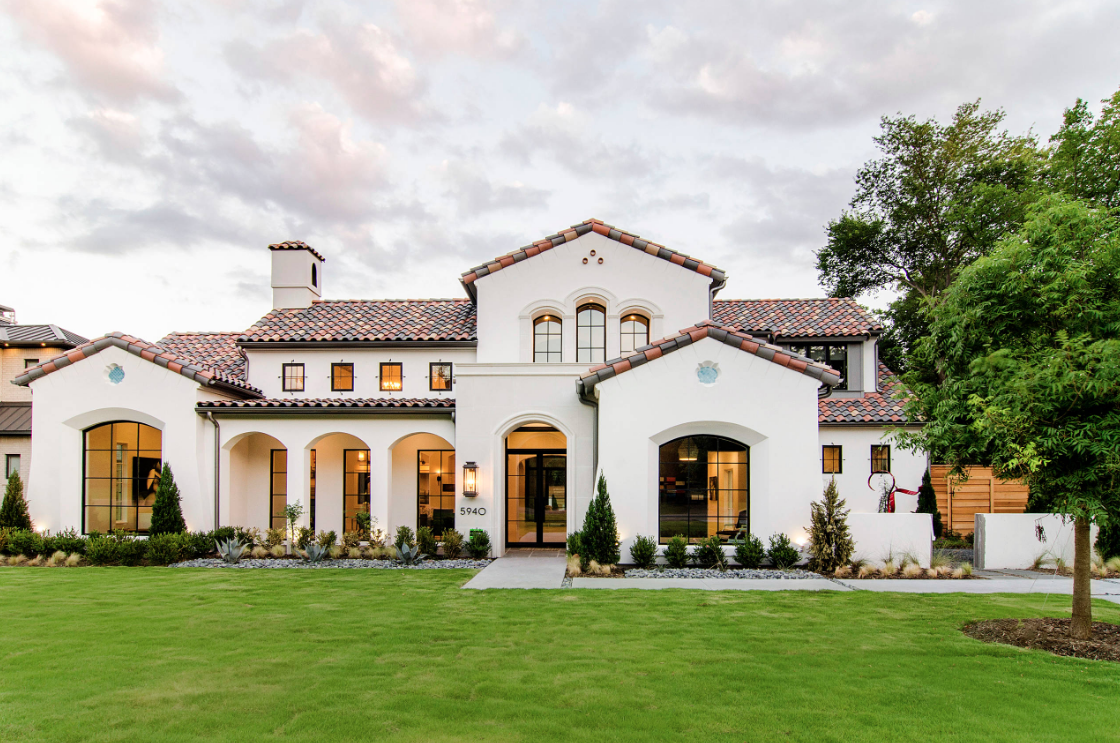
Sustainability isn’t just a trend—it’s a lifestyle. And when it comes to your home, your garden can be one of the most impactful ways to go green!
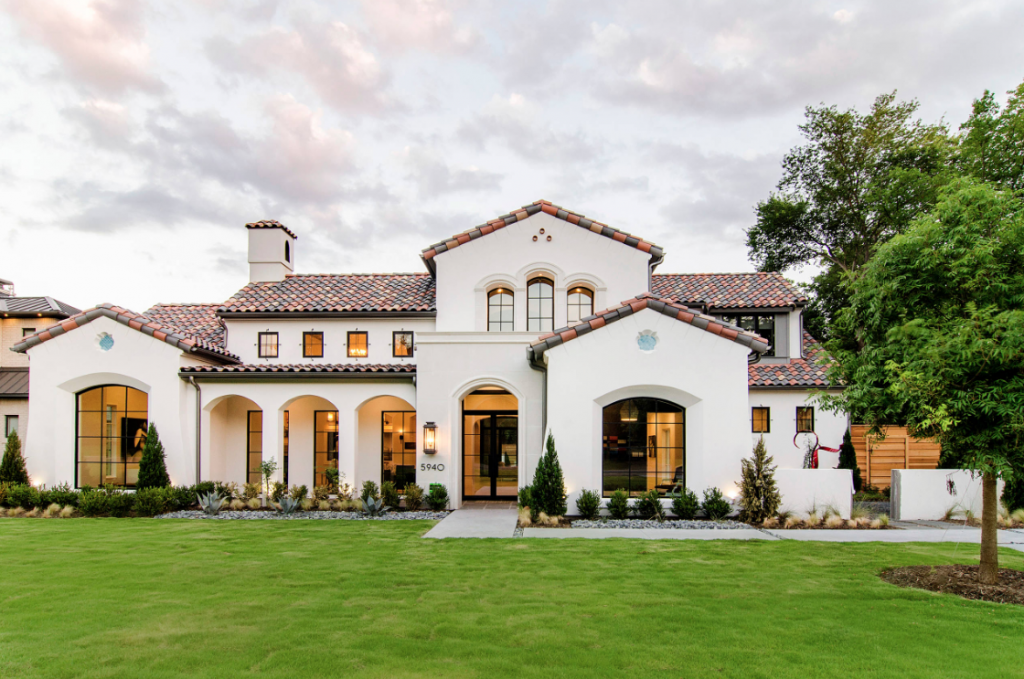
An eco-friendly landscape isn’t just about making your yard look good—it’s about reducing water waste, improving soil health, and even boosting property value. Whether you’re a seasoned gardener or just starting, embracing sustainable landscaping can save money, attract pollinators, and create a healthier environment for you and your community.
Here are some smart ways to design a green home garden that’s both beautiful and beneficial.
The Power of Permaculture and Organic Gardening
Gardening shouldn’t feel like a battle against nature. Instead, permaculture focuses on working with natural systems rather than against them.
- Ditch the chemicals. Pesticides and synthetic fertilizers harm soil health and local wildlife. Instead, use organic compost, mulch, and natural pest deterrents like marigolds and ladybugs.
- Go no-till. Tilling disrupts beneficial microorganisms. Instead, layer organic materials (like leaves, straw, and compost) to naturally enrich the soil.
- Companion planting. Some plants thrive together while others compete. For example, basil planted near tomatoes enhances flavor and repels pests.
Besides being healthier for the environment, organic gardening saves money by reducing the need for expensive fertilizers and pesticides. Plus, homegrown produce? Always a win.
Rain Gardens, Green Roofs & Water-Wise Landscaping
Water is one of the most valuable and limited resources, so designing a landscape that minimizes waste and maximizes efficiency is a game-changer.
- Rain gardens: These are shallow depressions in the yard designed to absorb rainwater, preventing runoff and erosion. Bonus? They look stunning.
- Green roofs: Covering rooftops with vegetation reduces energy costs, improves air quality, and provides insulation. Plus, they’re a conversation starter.
- Drought-resistant plants: Opt for succulents, lavender, and ornamental grasses that thrive with minimal watering.
- Drip irrigation: This system delivers water directly to plant roots, cutting water usage by up to 50% compared to sprinklers.
Not only do these strategies reduce utility bills, but they also make homes more attractive to environmentally conscious buyers.
Native Plants and Pollinator-Friendly Gardens
Your landscape should be more than just eye candy—it should support the local ecosystem.
- Why native plants? They’re adapted to the local climate, require less maintenance, and provide essential food sources for birds and insects.
- Pollinator havens: Bees, butterflies, and hummingbirds help keep our food system thriving. Plant wildflowers, milkweed, and fruit trees to encourage biodiversity.
- Less lawn, more garden: Traditional lawns require excessive watering and fertilization. Instead, replace parts of your lawn with wildflower meadows, ground covers, or clover.
A lush, pollinator-friendly landscape is more than just aesthetic—it creates a healthier planet and a healthier home.
How Landscaping Impacts Property Value
An eco-friendly garden doesn’t just make your home more beautiful—it can also increase its worth.
- Homes with native landscaping and sustainable gardens often sell for 5-15% more than homes without.
- Water-efficient landscaping can reduce maintenance costs and make properties more appealing to eco-conscious buyers.
- The shift toward green living means buyers are actively looking for homes with sustainable features.
Curious how your garden upgrades are affecting your home’s market value? Learn how sustainable landscaping impacts home appreciation with a free home value estimator.
Final Thoughts: A Greener Future Starts at Home
Creating an eco-friendly garden isn’t just about reducing waste—it’s about building a more sustainable future. Whether you embrace permaculture, water-wise landscaping, or pollinator-friendly designs, every step toward sustainability makes a difference.
The best part? These changes don’t just benefit the planet—they boost curb appeal, lower costs, and add long-term value to your home.
So, why wait? Start small, plant smart, and watch your green space thrive—both environmentally and financially.


